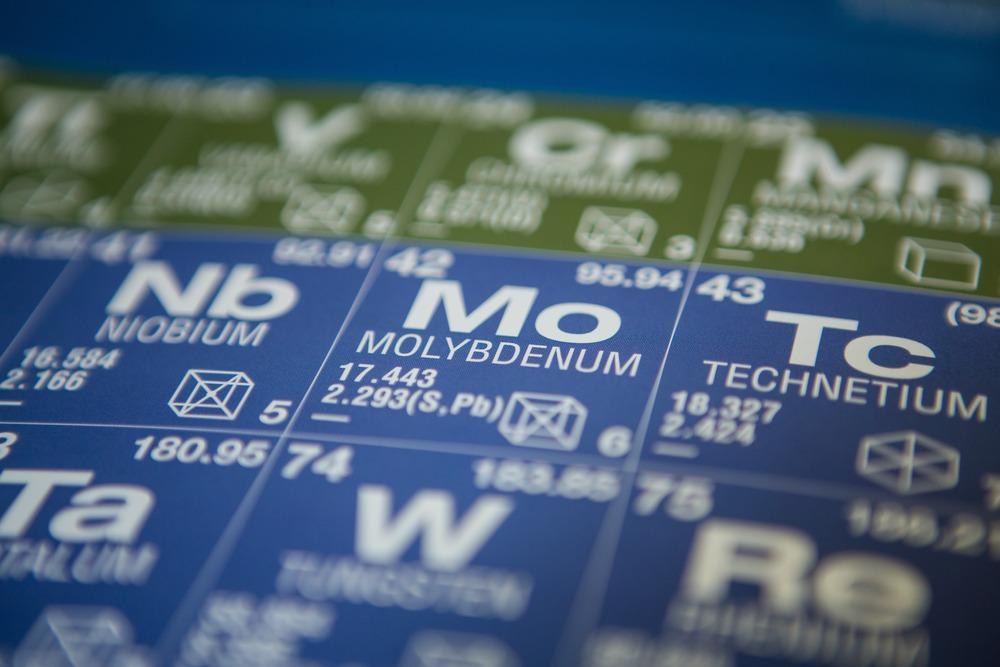The development of a hydrothermal technique for generating linked bridge-like molybdenum dioxide (MoO2) quantum dots to improve the physical and mechanical characteristics of copper composites is the subject of a recent study published in the journal Materials Science and Engineering: A.

Study: Improving mechanical properties of copper composite by interconnected MoO2 quantum dots. Image Credit: Intothelight Photography/Shutterstock.com
Copper Matrix Composites (CMCs): Overview and Significance
Because of their superior electrical properties, thermal conduction, and chemical inertness, copper and its composites have been extensively used as structural components in engineering applications. Copper matrix composites (CMCs) are the most attractive materials for technical applications requiring superior temperature tolerance and microstructural durability.
Nowadays, to suit the needs of many sectors, including aerospace, electrical rail lines, automotive, and electronics, copper matrix composites (CMCs) must exhibit a greater overall performance. Therefore, different reinforcements are crucial to the long-term advancement of copper metal matrix composites.
Nanoparticles for Enhancing Performance of CMCs
The addition of nanoparticles as reinforcing materials to CMCs is a viable technique for improving their mechanical characteristics to satisfy these rising demands. Nanoparticles of metallic oxides, carbides, and nitrides are frequently utilized to reinforce copper structures.
Molybdenum (Mo) has received substantial scientific interest due to its high elastic modulus, toughness, and inexpensive cost. Because of the synergistic interactions in the nanocomposite framework, the introduction of MoO2 can considerably increase the friction reductions and degradation behavior of the copper matrix.
Aggregation of Nanoparticles: A Major Concern for CMCs
Robust interfacial adhesion and homogeneous reinforcement dispersion in the composite are required for nanomaterials reinforced CMCs to achieve good overall performance. However, the aggregation of nanoparticles with increasing reinforcement concentration has become a significant impediment to the practical applications of these composites.
The aggregation of reinforcing nanoparticles in the copper matrix can cause stress accumulation, resulting in the formation of early microcracks and degradation of mechanical characteristics.
To increase the uniform dispersion of nano-reinforced materials, several techniques such as physical alloying, in-situ production, hydrothermal process, chemical coatings, molecular-level mixing, and sprayed pyrolysis can be applied. The hydrothermal approach is the most widely employed because the concentrations of nanomaterials to be produced can be well regulated through a liquid phase or multiphase chemical process.
Development of Novel MoO2 Quantum Dots for Reinforcing CMCs
Using a simple hydrothermal approach, the researchers created unique bridge-like and linked molybdenum dioxide quantum dots (MoO2 QDs) in this study. The generated MoO2 quantum dots may be readily broken and evenly disseminated into the copper substrate during the alloying process because of the brittleness of the interconnecting structure.
A hydrogen reduction procedure was used to produce the copper composite bulk. Finally, composite materials reinforcement was thoroughly examined and addressed using different characterization methods.
The X-ray diffraction (XRD) technique was used to examine the phases of the copper composites. The phase structure of MoO2 QDs was examined utilizing an X-ray photoelectron spectrometry (XPS) with an aluminum target as the source of excitation. The structural properties and tensile fracture morphologies of the composites were examined using field emission scanning electron microscopy (FE-SEM).
Key Developments of the Study and Future Outlook
In this study, the researchers reinforced copper matrix composites (CMCs) by employing the hydrothermal approach to create unique MoO2 quantum dots. MoO2 quantum dots can be readily broken and disseminated into the copper substrate during the ball milling method due to their interconnected structure and brittleness.
The mechanical characteristics of the composite may be adjusted by altering the quantity of MoO2. Based on the proper distribution of the MoO2 QDs, cohesive interaction between MoO2 and copper and the mechanical characteristics of the composite can be enhanced synergistically.
Strengthening the copper composites with MoO2 quantum dots resulted in a considerable increase in yield strength and ultimate tensile strength while preserving good conductance and elongation.
This publication lays the groundwork for the creation of CMCs that may alter the shape of reinforcing particles to improve their dispersibility. These findings are expected to open the way for expanding the uses of nanoparticle-reinforced composites in the near future.
Reference
Tong, W. et al. (2022). Improving mechanical properties of copper composite by interconnected MoO2 quantum dots. Materials Science and Engineering: A. Available at: https://www.sciencedirect.com/science/article/pii/S0921509322007602?via%3Dihub
Disclaimer: The views expressed here are those of the author expressed in their private capacity and do not necessarily represent the views of AZoM.com Limited T/A AZoNetwork the owner and operator of this website. This disclaimer forms part of the Terms and conditions of use of this website.